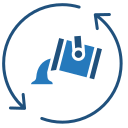Breakthroughs in Textile Waste Reduction: From Problem to Possibility
Chosen theme: Breakthroughs in Textile Waste Reduction. Join us as we explore the science, stories, and real-world change makers turning discarded fabrics into resources. Subscribe, comment, and help steer the next breakthrough together.
Why Breakthroughs in Textile Waste Reduction Matter Now
The mountain we are tackling
Every year, the world discards well over ninety million metric tons of textiles, much of it landfilled or burned. Breakthroughs that slow, divert, and transform this flow create immediate climate, water, and equity benefits.
The cost of inaction
When fibers decompose or incinerate, they leak microplastics, dyes, and greenhouse gases. Each delayed solution compounds damage, while each timely breakthrough prevents waste, preserves materials, and models better habits for entire industries.
From spillover to turnaround
Waste reduction breakthroughs often cascade. A single factory improving cutting efficiency with smarter software can inspire suppliers, attract policy support, and normalize circular design choices that once seemed risky or expensive.
Engineered enzymes can depolymerize polyester and gently digest cellulosic blends, recovering monomers and pulp without harsh conditions. These advances raise quality, reduce energy, and protect color-sensitive fibers that previously degraded during recycling.
Material Science Innovations Transforming Waste into Feedstock

Mono-material construction, removable trims, and heat-releasable bonding let garments come apart quickly for high-purity recovery. These choices turn end-of-life into a plan, not a problem, and reward brands that think ahead.

Scannable tags store composition, dye, and repair data, enabling accurate sorting and smarter care. When paired with return incentives, passports reduce contamination, boost recycling yields, and create feedback loops for better future design.

Generative markers shrink offcuts, while 3D knitting produces garments to shape, not sheet. The result is fewer scraps, less rework, and more flexibility to produce only what customers actually want.


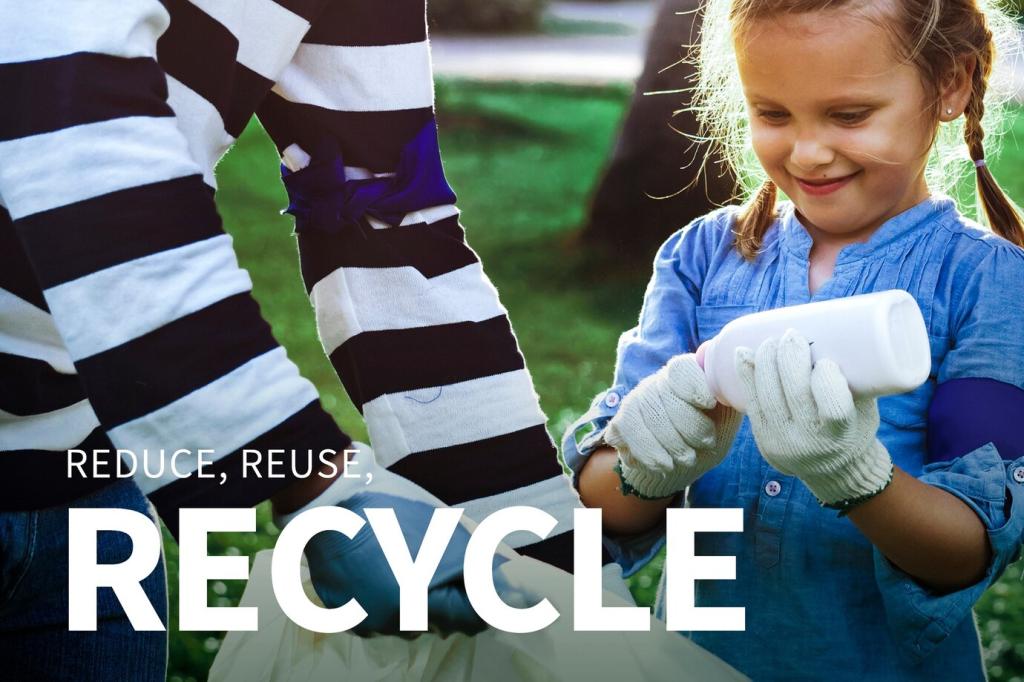
Policy, Business Models, and Community Power
Extended Producer Responsibility with real outcomes
Well-designed EPR programs fund collection, sorting, and high-quality recycling, while eco-modulated fees reward better design. Data transparency ensures money flows to proven waste reduction, not just symbolic initiatives or vague commitments.
Repair, rental, and resale go mainstream
Circular services extend garment life, delaying disposal and reducing new production. When paired with durable construction and accessible alterations, these models cut waste while keeping style fresh and personalized for everyday wearers.
City pilots that scale
Municipal take-back, single-stream textile bins, and hub-and-spoke sorting facilities are proving workable. Clear public messaging and measured targets create confidence, attract private partners, and unlock the funding needed for broader, permanent programs.
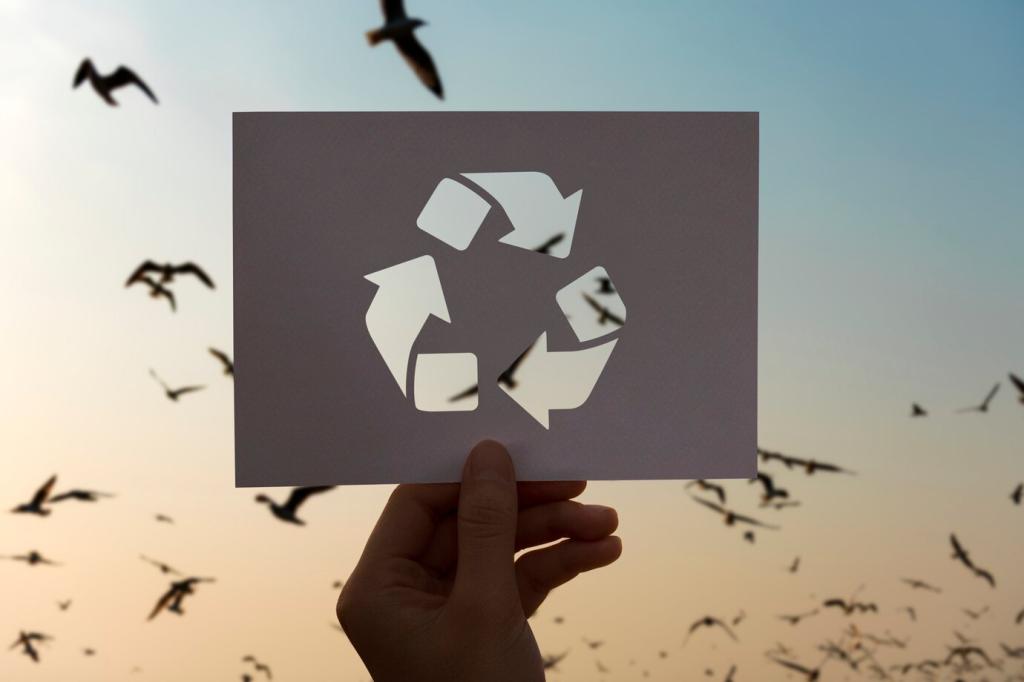
A denim mill turns sludge into savings
By filtering indigo bath residues and reusing process water, a decades-old mill cut waste hauling by half and reduced boiler fuel. Workers noticed cleaner air, and management reinvested savings into better training.
Students crack blended tees
A university team built a small hydrothermal reactor that separates poly-cotton in hours, then spun the recovered cellulose into surprisingly strong yarn. Their prototype inspired a local recycler to pilot the method.
A neighborhood shop reimagines repair
What began as a simple hemming service grew into community repair nights sharing techniques, scraps, and stories. Mended jeans diverted pounds of waste, and newcomers discovered joy in extending a garment’s life.
Join the Breakthrough Community
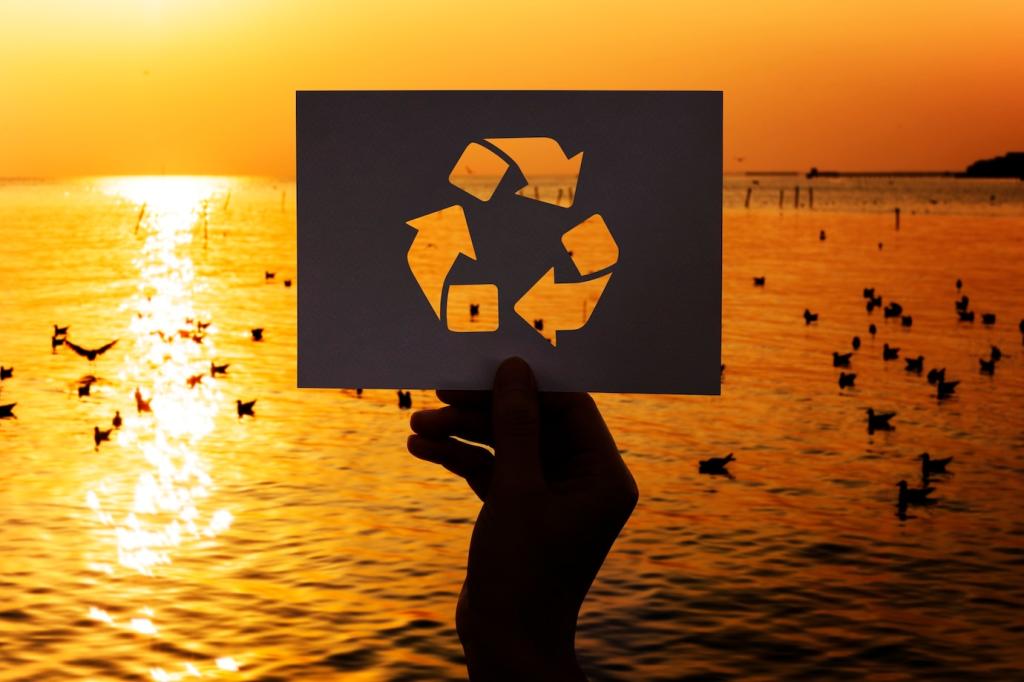
Audit your closet, ask better questions
Start by noting materials, care labels, and repairability for five garments. Ask brands about fiber content, take-back options, and recyclability. Sharing your findings motivates peers and signals demand for transparent, waste-reducing design.
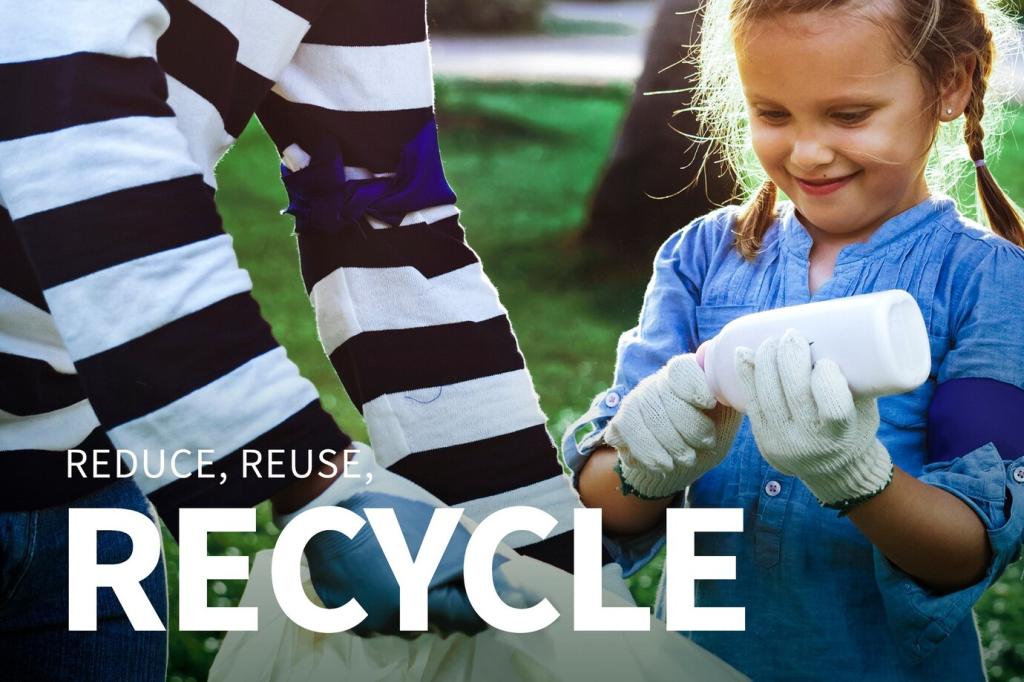
Vote with your wallet and your voice
Support products with clear end-of-life pathways, then tell policymakers you want EPR with measurable targets. Thoughtful purchasing plus civic pressure turns isolated breakthroughs into durable, system-wide waste reduction.

Subscribe and shape our roadmap
Join our newsletter for updates on pilots, data, and design tips that cut textile waste. Comment with questions, propose experiments, and vote on topics so we prioritize breakthroughs you care about most.
